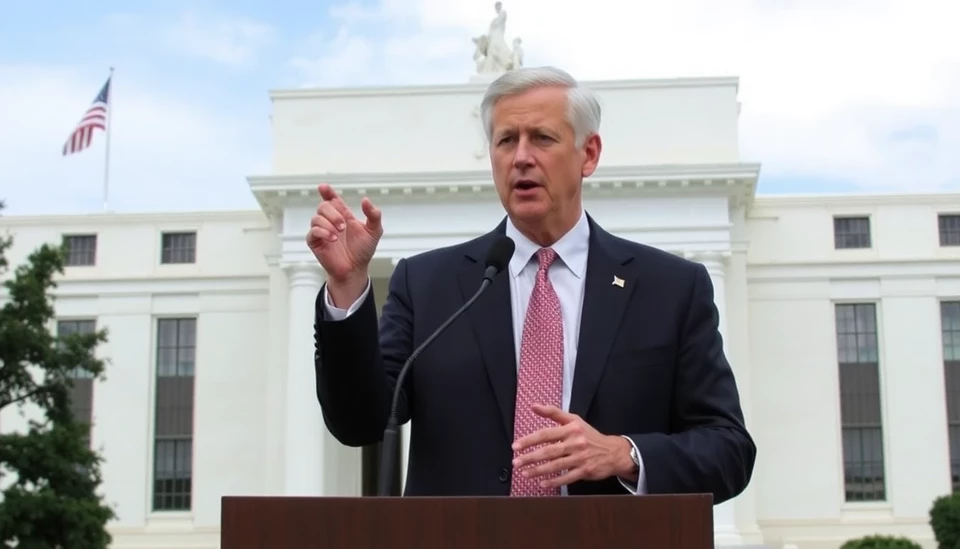
In a surprising move that caught many analysts off guard, the Federal Reserve has made subtle adjustments to a critical financial instrument employed in their toolkit. This shift has left Wall Street perplexed and speculating about the underlying motives of the central bank, raising numerous questions about its implications for the economy and market stability.
The Federal Reserve, known for its cautious approach to monetary policy, has instituted a modified usage of its reverse repurchase agreement (RRP) facility—an essential tool designed to manage liquidity in the financial system. This adjustment comes amid ongoing discussions about inflation rates, economic growth, and potential interest rate hikes, leading many to wonder if the Fed is attempting to signal a new direction in its approach to monetary policy.
Market participants are mulling over several theories about why the Fed would initiate such changes during this sensitive economic period. One theory posits that the Fed is aiming to tighten its grip on liquidity, ensuring that excessive funds do not lead to runaway inflation or destabilize the markets. However, the timing of these tweaks raises eyebrows, particularly as inflation pressures have shown signs of alleviating, suggesting that the Fed might be preemptively acting against challenges that seem far from imminent.
Comments from economists indicate that this decision has led to confusion regarding the Fed’s future trajectory. For instance, if the Fed is indeed leaning towards a tighter monetary stance, it might conflict with the general market expectations of maintaining lower interest rates to support ongoing economic recovery. This discord has potential ramifications for equity and bond markets, prompting investors to adjust their strategies moving forward.
Additionally, some analysts speculate that the Federal Reserve is looking to reassert its credibility and independence in light of recent political pressure surrounding its policies. By slightly recalibrating the RRP operations, the Fed could be sending a message that it is committed to maintaining financial stability, even amid shifting economic paradigms.
The federal funds rate, which directly influences interest rates on loans and savings, remains at historically low levels, leading some experts to suggest that any attempt at tightening monetary policy through tools like the RRP could lead to unintended consequences in other areas of the economy, such as consumer spending and investment. The Fed's recent adjustments may indeed invite scrutiny over their broader strategy and long-term goals.
Overall, while the Federal Reserve’s intentions with these modifications may still be unclear, Wall Street is monitoring the situation closely. Investors are preparing for what could potentially be a volatile environment as they gauge the effects of the Fed's tools on the market dynamics over the coming months.
In conclusion, the ripple effects of these subtle changes are still unfolding, but they have certainly added a layer of complexity to an already intricate economic landscape.
As the situation develops, both Wall Street and the broader public will be attentive to the Fed's next moves to better understand the direction of the U.S. economy.
#FederalReserve #WallStreet #MonetaryPolicy #Economy #InterestRates
Author: Daniel Foster




